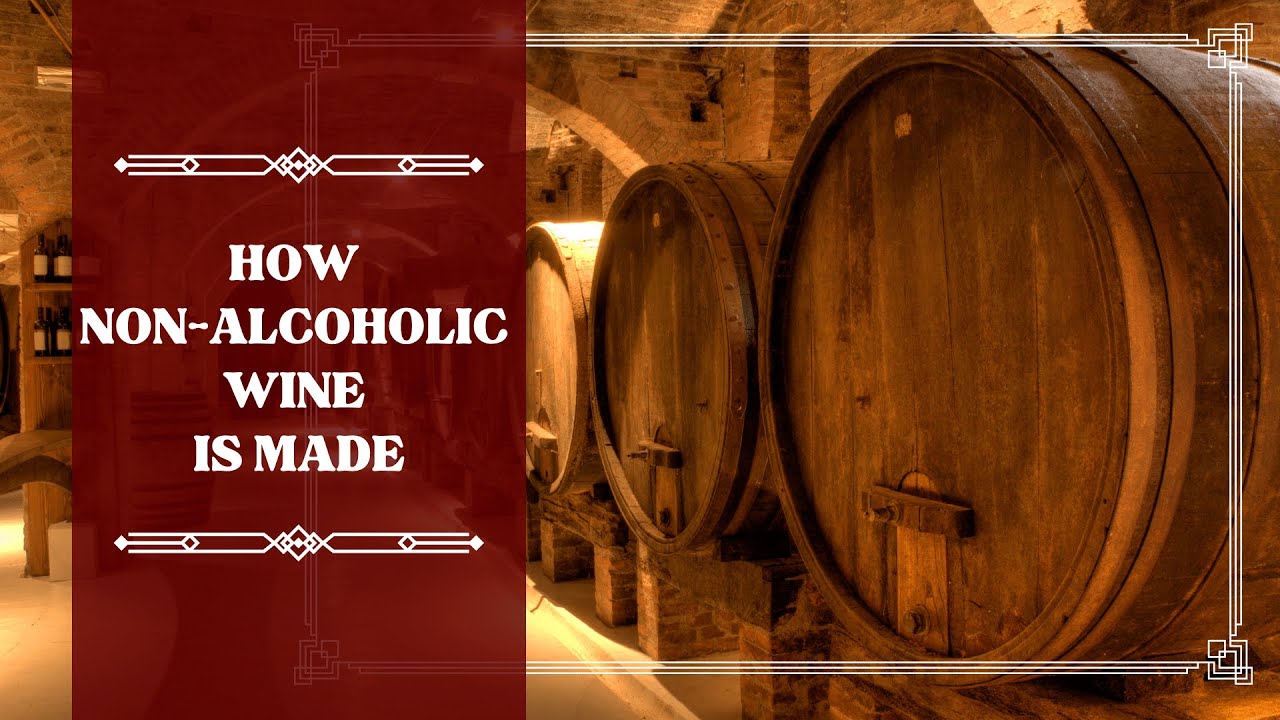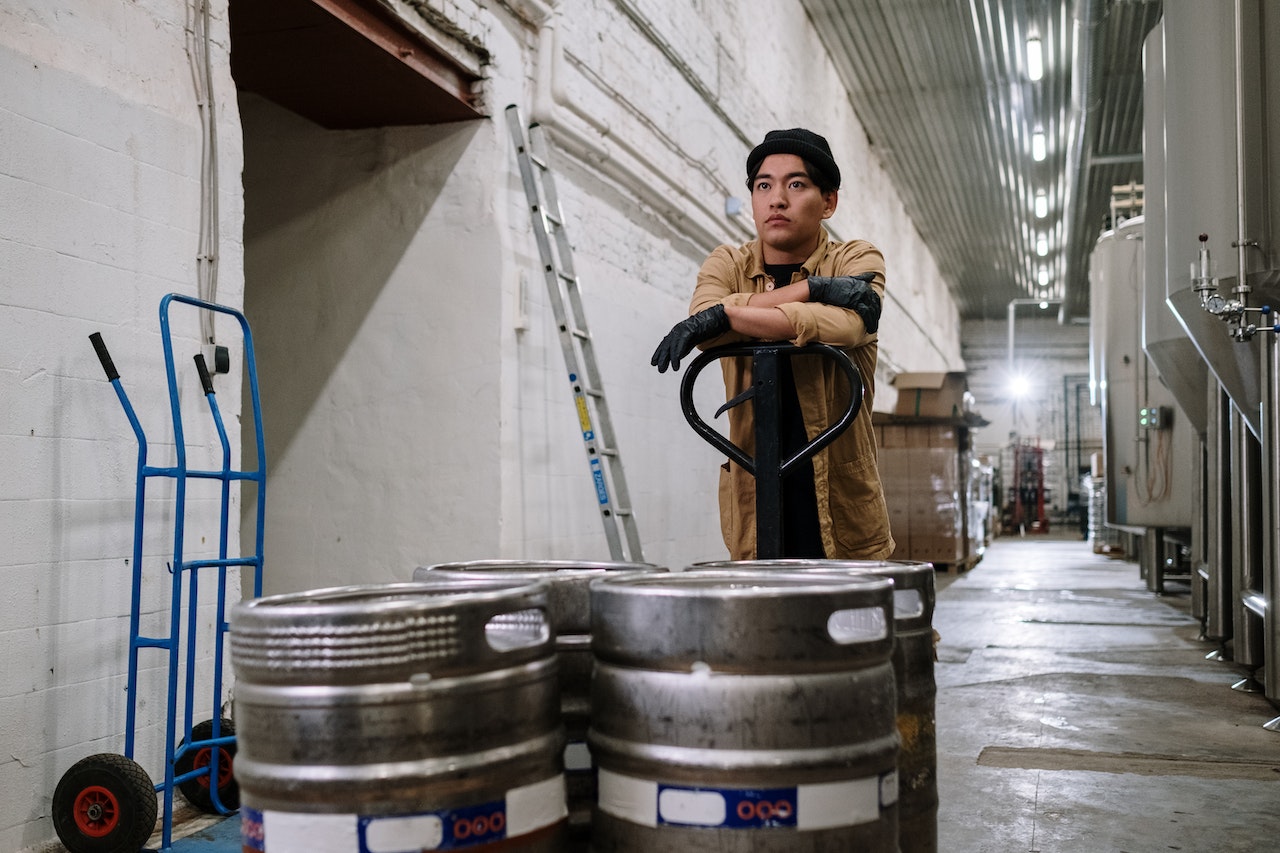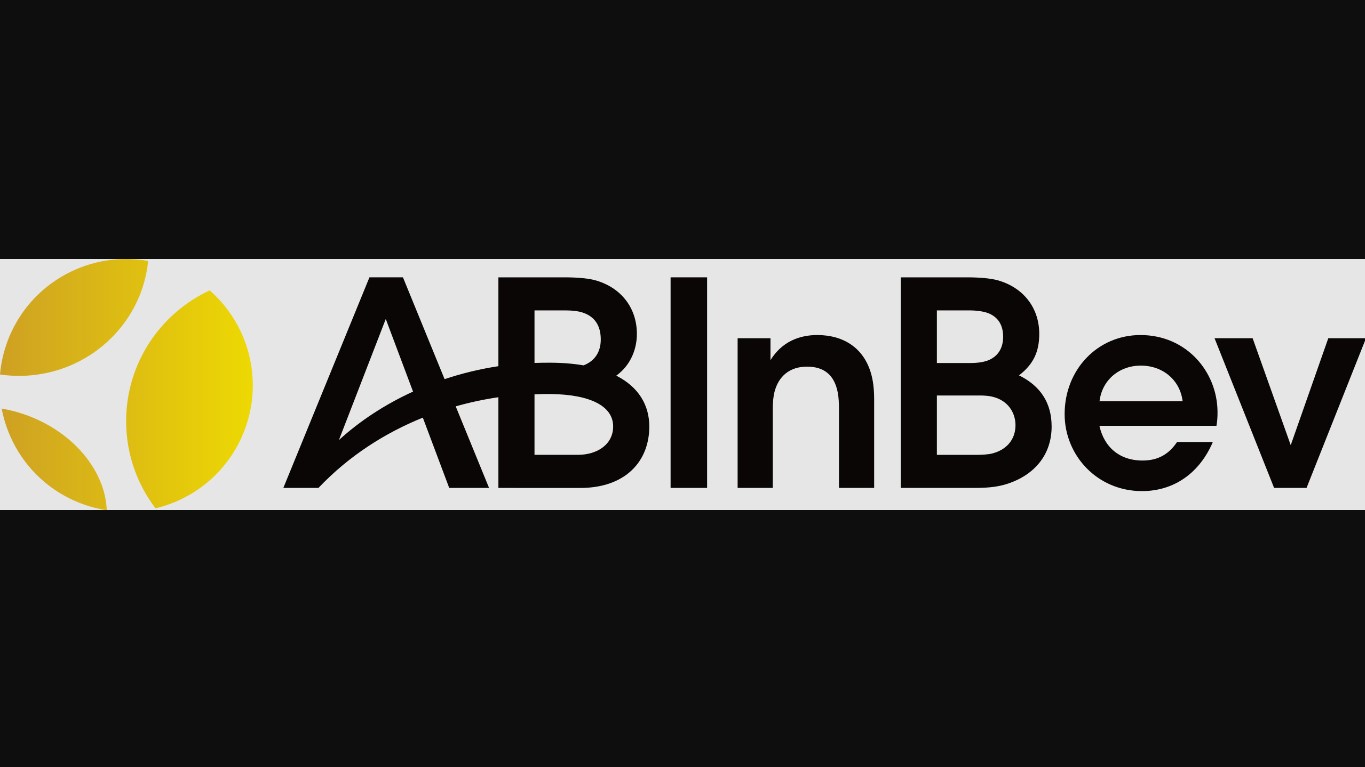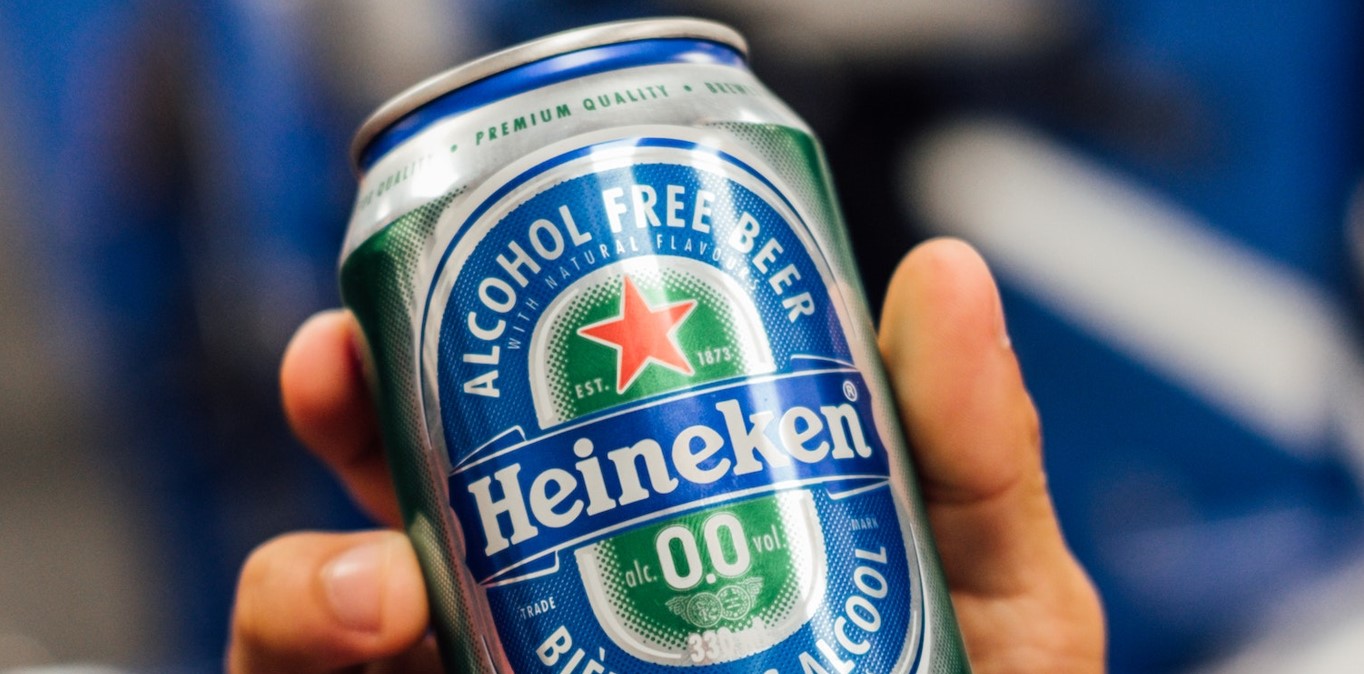Impact Of Dealcoholization - What Could Be The Effects?
Dealcoholization is revolutionizing the way we enjoy our favorite drinks. Discover the far-reaching impact of dealcoholization on the beverage industry. From expanding consumer choices to promoting healthier lifestyles, find out how this innovative process affects wine and beer drinkers.
Author:Suleman ShahReviewer:Han JuJun 07, 202319.7K Shares304.2K Views

In recent years, a notable shift has been witnessed in the beverage industry as more and more consumers are seeking alternative options to traditional alcoholic beverages.
This growing trend can be attributed to various factors, including:
- changing lifestyles
- healthconsciousness
- the desire for greater choice and inclusivity
As a result, dealcoholization has emerged as a significant phenomenon with far-reaching implications.
Let’s explore the multifaceted impact of dealcoholization on individuals, communities, and the wider society, highlighting its implications in various spheres of life.

How Non-alcoholic (0.0%) Halal Wine is Made
Definition Of Dealcoholization
Dealcoholization refers to the process of removing or reducing the alcohol content from a beverage, typically alcoholic beverages, such as:
- wine
- beer
- spirits
You might be asking, what is the main aim of dealcoholization?
The primary aim of dealcoholization is to create a product that contains significantly lower alcohol levels or is completely alcohol-free while retaining the desirable sensory characteristics and flavors of the original beverage.
The purpose of dealcoholization can vary depending on the context and the intended consumers.
There are several reasons why dealcoholized beverages might be desired.
Some individuals may prefer to consume non-alcoholic or low-alcohol options due to:
- personal or religious beliefs
- health reasons
- the desire to avoid the intoxicating effects of alcohol
Othersmay choose dealcoholized beverages to accommodate their lifestyle.
There can also be individuals who may simply want to comply with regulations, such as those that restrict alcohol consumption in certain settings or for certain age groups.
When dealcoholization is performed effectively, the resulting beverage should resemble the original alcoholic version in termsof:
- taste
- aroma
- mouthfeel . . .
. . . while significantly reducing or eliminating the alcohol content.
This requires a careful balance between removing the alcohol and preserving the desirable characteristics of the beverage, such as its:
- flavor profile
- body
- overall quality
In the context of alcoholic beverages, “body” refers to the perceived weight, thickness, or viscosity of the drink in the mouth. It is a sensory characteristic used to describe the texture and mouthfeel of the beverage.
It’s worth mentioning that dealcoholization is a constantly evolving field. The impact of dealcoholization should also be taken seriously.
Researchers and beverage manufacturers continue to explore new methods and technologies to improve the quality and range of dealcoholized beverages available on the market.
By focusing on the removal or reduction of alcohol while preserving the original beverage’s sensory attributes, dealcoholization:
- caters to a wide range of preferences and requirements
- allows for greater choice and flexibility in the consumption of beverages

Impact Of Dealcoholization
The impacts of dealcoholization can be categorized into several areas:
A. Health Impacts
1. Reduced Alcohol-Related Harm
By reducing or eliminating alcohol content, dealcoholization can potentially contribute to reducing the negative health effects associated with alcohol consumption, such as:
- addiction
- liver damage
- impaired judgment
B. Lower Caloric Intake
Alcohol is high in calories, and dealcoholized beverages can provide a lower-calorie alternative.
This may be beneficial for individuals concerned about weight management or those seeking to reduce their overall calorie intake.
C. Social Impacts
1. Expanded Beverage Options
Another impact of dealcoholization is that it offers a wider range of beverage choices.
Dealcoholization allows individuals who prefer non-alcoholic options to still enjoy flavors and experiences typically associated with alcoholic beverages.
2. Inclusive Environments
By offering non-alcoholic alternatives, dealcoholized beverages can create more inclusive environments for individuals who do not consume alcohol due to reasons that are:
- personal
- cultural
- religious
- health-related ones
3. Safer Driving
Promoting and providing non-alcoholic beverages through dealcoholization can contribute to:
- reducing the instances of drunk driving
- enhancing road safety
- potentially saving lives
A 2021 paperpublished by the peer-reviewed journal Nutrients validated this impact of dealcoholization.
In Production, Consumption, and Potential Public Health Impact of Low and No-Alcohol Products: Results of a Scoping Review, the authors wrote:
“„The perceived reasons for preferring a low-alcohol wine included driving after drinking, lessening the adverse effects of alcohol, and being able to consume more without the effects of higher-alcohol wine.- Peter Anderson, Dasa Kokole, and Eva Jane Llopis
D. Economic Impacts
1. Market Diversification
Dealcoholization expands the market for beverage manufacturers by catering to a broader consumer base that includes individuals who prefer non-alcoholic options.
This impact of dealcoholization can lead to increased sales and revenue for producers.
The market is also “booming,” according to Greg Rosalsky, NPR’s “Planet Money” reporter, in his January 2023 article.
Based on a comment, as quoted by Rosalsky, by Kaleigh Theriault, a manager at data analytics company NielsenIQ, “more than 70 new items” were launched in 2022.
Those “items” refer to non-alcoholic beers and wines.
2. Innovation and Product Development
The process of dealcoholization encourages research and development in the beverage industry.
It leads to the creation of new products and flavors to meet the demand for non-alcoholic alternatives.
E. Environmental Impacts
1. Reduced Environmental Footprint
One impact of dealcoholization has Mother Nature in the receiving end.
The dealcoholization process can potentially reduce the environmental impact associated with alcohol production.
This includes the:
- conservation of water resources
- reduced greenhouse gas emissions
- decreased waste generation
It’s worth noting that while the impact of dealcoholization is mostly positive, the said process may also have limitations.
These limitations are terms of taste, aroma, and mouthfeel as alcohol contributes to the overall sensory experience of certain beverages.
However, advancements in dealcoholization technologies aim to address these challenges and provide high-quality non-alcoholic options that closely mimic the attributes of their alcoholic counterparts.

Importance Of Studying The Impact Of Dealcoholization
Studying the impact of dealcoholization is important for several reasons:
a. Health and Safety
Alcohol consumption can have negative health effects, including:
- liver disease
- cardiovascular problems
- increased risk of accidents and injuries
Studying dealcoholization techniques and their impact allows us to explore alternatives for individuals who want to reduce their alcohol intake or avoid it altogether.
In addition, exploring the impact of dealcoholization can:
- promote healthier lifestyles
- contribute to public health initiatives
b. Consumer Preferences
Many individuals prefer non-alcoholic or low-alcohol beverages due to:
- personal preferences
- cultural or religious beliefs
- health reasons
By studying the impact of dealcoholization, researchers can develop methods to produce beverages with reduced or no alcohol content while still maintaining:
- taste
- aroma
- texture
Understanding consumer preferences and developing suitable products can lead to increased market opportunities and cater to a broader range of consumers.
c. Industry Innovation
As mentioned earlier, the beverage industry is constantly evolving to meet changing consumer demands.
Studying dealcoholization techniques helps drive innovation in the industry.
It allows for the development of new and improved methods to remove or reduce alcohol content while preserving the sensory qualities of the beverage.
This innovation benefits not only the non-alcoholic beverage sector but also the wider alcoholic beverage industry as it provides opportunities for product diversification and adaptation.
d. Social and Cultural Implications
Alcohol plays a significant role in many social and cultural contexts, including:
- celebrations
- gatherings
- rituals
Studying the impact of dealcoholization helps us understand how the availability of non-alcoholic alternatives affects:
- cultural practices
- social dynamics (the patterns of behavior and interactions among individuals or groups within a social system)
It can also contribute to reducing the stigma associated with non-drinking or abstaining from alcohol in certain social settings.
e. Environmental Considerations
The production of alcoholic beverages can have environmental impacts, including:
- water consumption
- greenhouse gas emissions
- waste generation
Dealcoholization techniques, if implemented on a large scale, can potentially reduce these environmental burdens by reducing the need for alcohol production.
Studying the environmental implications of dealcoholization can help identify areas for improvement and guide sustainable practices in the beverage industry.
Non-Alcoholic Beverages Market Size
In 2022, according to InsightAce Analytic, the value of the global market size of non-alcoholic and low-alcohol beverages was estimated to be $23.41 billion.
By 2031 - in just a span of eight years - it is projected that it would increase to a staggering $39.37 billion!
That would come with an estimated compound annual growth rate (CAGR) of 6.09 percent (2023-2031).
Such is the impact of dealcoholization to the global economic sector.
InsightAce Analytic specified the following companies as some of the “major key players” in the market (in alphabetical order):
| Name of Company | Country |
| Anheuser-Busch InBev (AB InBev) | Belgium |
| Asahi Breweries, Ltd. | Japan |
| Athletic Brewing Company | U.S. |
| Big Drop Brewing Co. | U.K. |
| Curious Elixirs | U.S. |
| Floreat Wines | England |
| Gnista Spirits | Sweden |
| Kirin Brewery Company | Japan |
| Lowlander Beer Company | the Netherlands |
| Mocktail Beverages, Inc. | U.K. |
People Also Ask
What Is The Process Of Dealcoholizing Wine?
It’s also like asking: “How do they remove alcohol from beer?”
There are several techniques or methods used to remove alcohol from beer and wine. Here are some of the common methods:
a. Vacuum Distillation
This method involves lowering the pressure in a distillation apparatus, which lowers the boiling point of alcohol.
By applying a vacuum, the alcohol can be vaporized and collected separately, leaving behind the non-alcoholic portion of the beverage.
b. Reverse Osmosis (RO)
Reverse osmosis is a filtration process that uses a semi-permeable membrane to separate alcohol and other components from the beer or wine.
The liquid is forced through the membrane under pressure, and the alcohol molecules, being smaller in size, pass through the membrane while larger molecules are retained.
The alcohol is then collected separately, and the remaining liquid is recombined to produce a non-alcoholic beverage.
This method utilizes a spinning cone column, which is a cylindrical column with cone-shaped plates.
The beer or wine is introduced at the top of the column, and as it flows downward, the cones spin, creating a thin film on the surface of the cones.
The alcohol evaporates from the thin film due to the low pressure and high temperature within the column, and it is collected separately.
The remaining liquid at the bottom of the column is alcohol-free or has a significantly reduced alcohol content.

ConeTech's Spinning Cone Column
d. Heat Evaporation
In this method, the beer or wine is heated to a temperature below its boiling point, but above the boiling point of alcohol.
The heat causes the alcohol to evaporate, and it can be collected and condensed separately.
This process is often used in combination with vacuum distillation to reduce the risk of flavor degradation.
e. Membrane Filtration
Membrane filtration involves passing the beer or wine through a series of membranes with specific pore sizes.
The membranes selectively remove alcohol molecules, while allowing other desirable components to pass through.
This method can be used in combination with other techniques to achieve a desired level of alcohol reduction.
Is Dealcoholized Non-Alcoholic?
Yes, dealcoholized beverages are considered non-alcoholic.
Dealcoholized drinks are made by removing or reducing the alcohol content in alcoholic beverages, usually through processes such as the ones previously mentioned.
The result is a beverage with a significantly lower alcohol content, often below 0.5 percent alcohol by volume (ABV).
While dealcoholized beverages may contain trace amounts of alcohol, they are generally classified as non-alcoholic because the alcohol content is negligible and unlikely to cause intoxication.
These beverages are commonly consumed as alternatives to alcoholic drinks by individuals who prefer to avoid or limit alcohol consumption.

What Is The Largest Non-Alcoholic Beverage Company?
First things first: the term “non-alcoholic beverage” not only refers to dealcoholized wines and beers but also to soft drinks and teas, among others.
So, we will only include here some of those companies creating non-alcoholic/low-alcohol wines and beers.
Per Investopedia (article updated April 2023), here are five of the biggest ones in terms of market cap (the company’s estimated overall worth as perceived by investors in the stock market):
| Company Name | Market Cap (in U.S. Dollar) |
| Anheuser-Busch InBev (Belgium) | $118.45 billion |
| Diageo PLC (U.K.) | $103.66 billion |
| Heineken NV (the Netherlands) | $53.76 billion |
| Pernod Ricard SA (France) | $49.29 billion |
| Ambev SA (Brazil) | $44.08 billion |
Final Thoughts
The impact of dealcoholization has been significant in various aspects.
Dealcoholization extends beyond just the production and consumption of beverages, as it has the:
- potential to reshape social dynamics
- redefine cultural norms
- revolutionize the way we socialize and celebrate
It has also contributed to promoting public health, diversifying the beverage industry, and fostering inclusivity.
In conclusion, the impact of dealcoholization has been significant and multi-faceted, and while challenges exist, the increasing popularity of non-alcoholic and low-alcohol alternatives indicates a growing demand for these products.

Suleman Shah
Author
Suleman Shah is a researcher and freelance writer. As a researcher, he has worked with MNS University of Agriculture, Multan (Pakistan) and Texas A & M University (USA). He regularly writes science articles and blogs for science news website immersse.com and open access publishers OA Publishing London and Scientific Times. He loves to keep himself updated on scientific developments and convert these developments into everyday language to update the readers about the developments in the scientific era. His primary research focus is Plant sciences, and he contributed to this field by publishing his research in scientific journals and presenting his work at many Conferences.
Shah graduated from the University of Agriculture Faisalabad (Pakistan) and started his professional carrier with Jaffer Agro Services and later with the Agriculture Department of the Government of Pakistan. His research interest compelled and attracted him to proceed with his carrier in Plant sciences research. So, he started his Ph.D. in Soil Science at MNS University of Agriculture Multan (Pakistan). Later, he started working as a visiting scholar with Texas A&M University (USA).
Shah’s experience with big Open Excess publishers like Springers, Frontiers, MDPI, etc., testified to his belief in Open Access as a barrier-removing mechanism between researchers and the readers of their research. Shah believes that Open Access is revolutionizing the publication process and benefitting research in all fields.

Han Ju
Reviewer
Hello! I'm Han Ju, the heart behind World Wide Journals. My life is a unique tapestry woven from the threads of news, spirituality, and science, enriched by melodies from my guitar. Raised amidst tales of the ancient and the arcane, I developed a keen eye for the stories that truly matter. Through my work, I seek to bridge the seen with the unseen, marrying the rigor of science with the depth of spirituality.
Each article at World Wide Journals is a piece of this ongoing quest, blending analysis with personal reflection. Whether exploring quantum frontiers or strumming chords under the stars, my aim is to inspire and provoke thought, inviting you into a world where every discovery is a note in the grand symphony of existence.
Welcome aboard this journey of insight and exploration, where curiosity leads and music guides.
Latest Articles
Popular Articles
